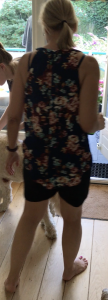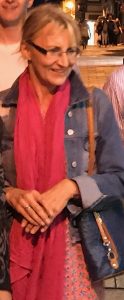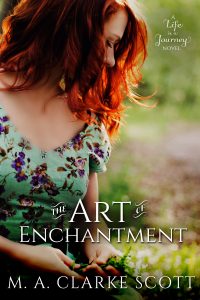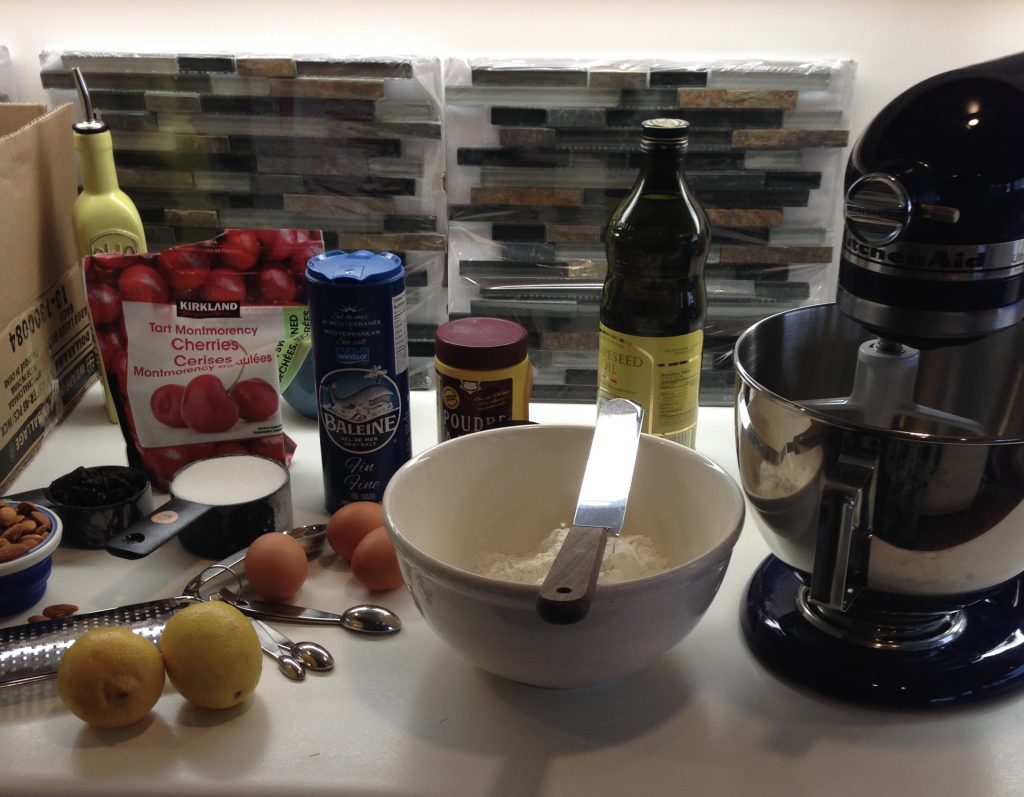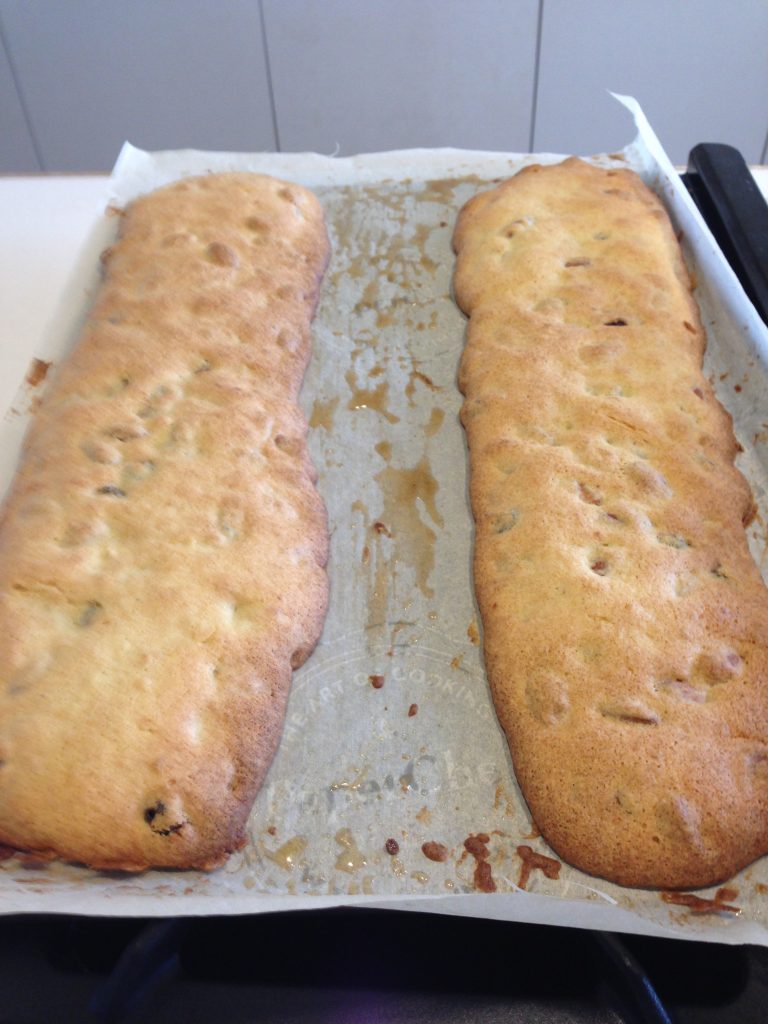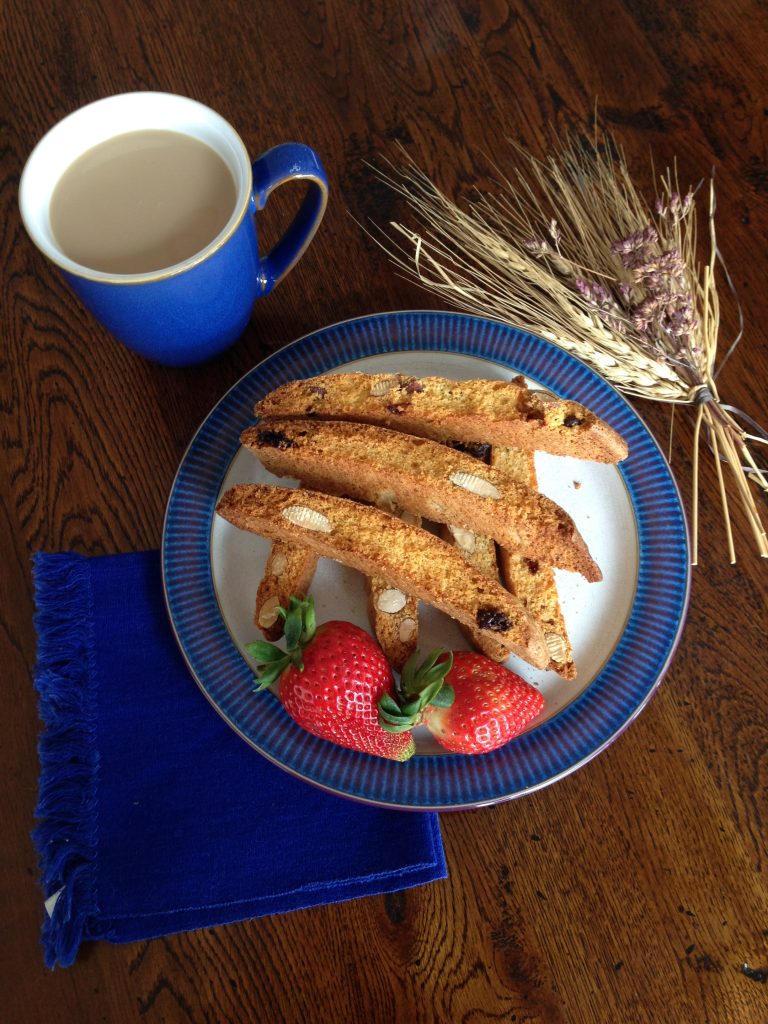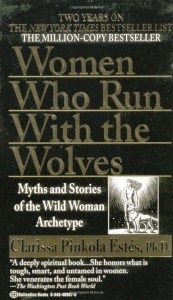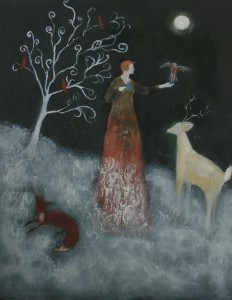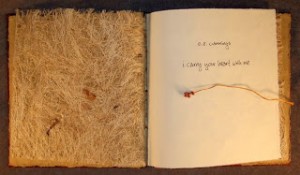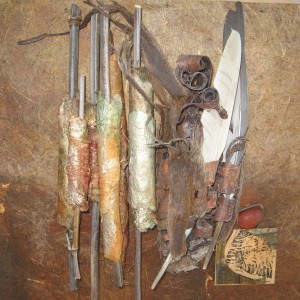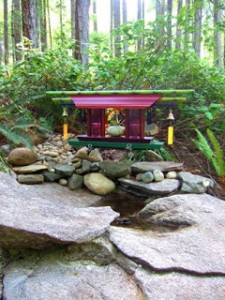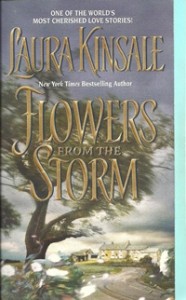Coming About ~ When life takes a different direction than we planned…
This week’s Bublish book bubble is an excerpt that includes part of a family sailing day, when Bruce takes Alexa and the kids out on his beautiful sailboat and temporary home, Belle Étoile (which means Beautiful Star and refers to an old fairy tale involving a quest.) I thought I’d share the intro here as a blog post, since it says a lot about the book, my life, why I write and where my stories come from.
When I write my novels, they are in no real way autobiographical, but I think most authors put bits and pieces of themselves in their story. The things they’ve seen and done, the places they’ve been, the people they’ve known. Sailing on the West Coast of BC (Canada) has always been a big part of my life, as a student, a recent graduate, a newlywed and a wife and mother. We’ve sold our boat now, but weekend and summer sailing trips in Howe Sound, Georgia Strait and among the Gulf Islands formed a big part of my life for many years.
So it’s easy for me to draw on these experiences to inform my novels (and no, I never lost my kid overboard, but no parent sails without entertaining these harrowing thoughts and mentally preparing for them!) Disruption by Design, my most recent release (January 1, 2018) is the first time I’ve used my sailing experience in a book. And more than than, it captures many aspects of living on the West Coast, including marinas, ocean views, old houses and living on the Gulf Islands.

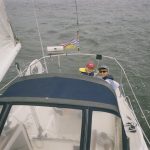


Daydreaming and Imaginary Friends
In my case, I love travel and adventure because the experience of new places and sights and smells and flavours stimulates my imagination. I can’t really travel or engage in an experience without a part of my mind wandering off and creating imaginary events and people inspired by that moment. Parallel universes are spiralling off in every direction all the time. That’s just the way I’m built. When I was a kid, they called it “daydreaming”. Or “airhead,” LOL.
Fortunately for my readers, and for me, I’ve learned to direct my imaginings in between the covers of books, and learned to find just the right words to describe the movies playing in my head, and how to structure the stories so that they play out in a way that’s entertaining and satisfying– I hope!
While my books are not about me, per se, they are certainly informed by my own life. In my series, Having it All, women who are very committed to their careers struggle in different ways to balance their passion and yearning for authenticity, expression and independence with their need to find love, companionship, family and a sense of belonging. This was for me, and I think for many women of my generation and beyond, a difficult struggle. One that never seems to end. I guess you’d call this a recurring theme in my writing.
Balancing Life and Work, Self and Others
In Disruption by Design, Alexa is a women who is really having a hard time reconciling these different aspects of a woman’s life. She starts out believing that commitment to one arena means sacrifice in another, and gradually learns to find balance and put her own stamp on a life she can truly call her own.
This scene falls close to the midpoint of the story, and represents a change of direction for Alexa, who’s just quit her job, for Bruce, who must come to terms with his self-worth, for their relationship, which moves to a new place, and for the book as a whole, as the plot, tone and setting make a radical change at this point.
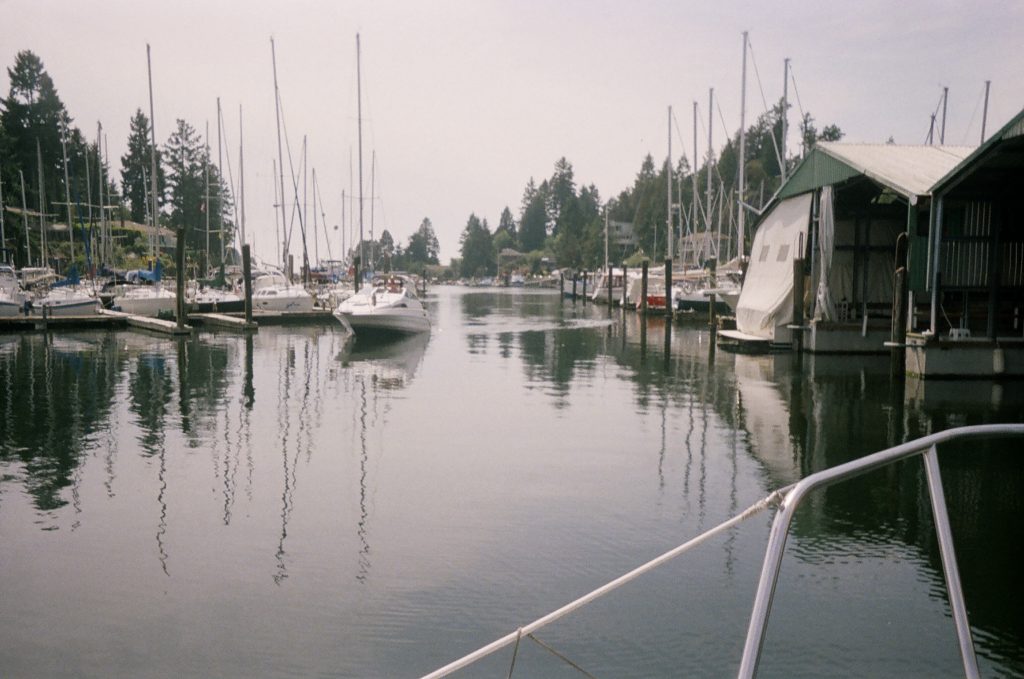
A Change of Direction
This excerpt ends with the words, “Coming About!”
In sailing terms, this means changing direction, via a tack or as Wikipedia defines it:
“Tacking or coming about is a sailing maneuver by which a sailing vessel, whose desired course is into the wind, turns its bow toward the wind so that the direction from which the wind blows changes from one side to the other, allowing progress in the desired direction.”
In common usage, it also means “to come to pass, to happen.”
It seems to me in both cases to suggest forward progress and change, whether in a sailboat or a person’s life. Originally I intended the book to be titled Coming About. Later I thought it was rather too common a phrase to grab attention, but it still encapsulates the idea of the book, or really any story about any character who is at a turning point, a crossroads in their life where choices must be made about future directions. Where one leaves the past behind and boldly heads off in a new direction.
That’s a lot for two little words to mean, but that’s half the fun of writing. Playing with words and their meanings, trying to convey complex or deep ideas with the the right choices and arrangements.
I think my love of the written word has surely got to be one of the reasons I write. Why I learned to write in the first place, and continue to love the process as much as the product. It can be hard at times. Often an idea, image or feeling that we experience emerges from imagination or memory and their are no words that immediately come to mind to capture or express it. That’s the part of writing that’s hard work, and the reason you so often find writers sitting and staring out the window.
To read the Book Bubble excerpt, go to my Bublish page. Scroll to the second version of Disruption by Design and look for the latest #bookbubble.
Are you a sailor? Have you ever been on a sailboat? And are you drawn to either familiar or exotic new experiences in the fiction that you read? Leave a comment below and let me know!
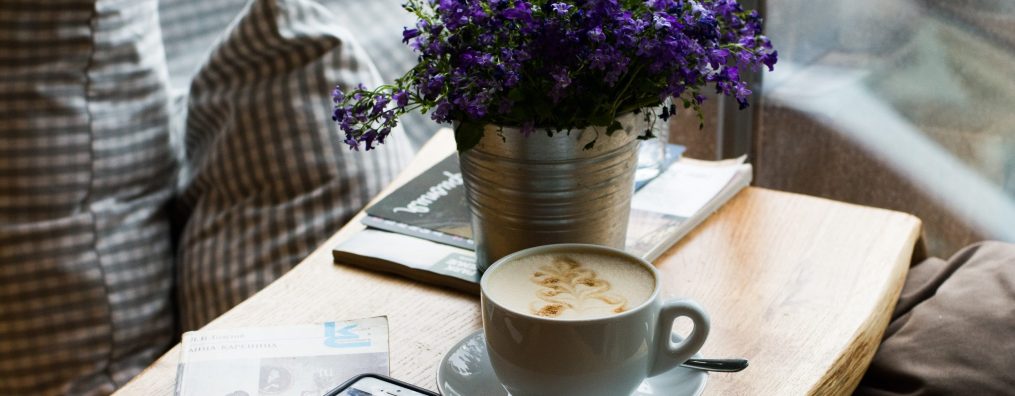


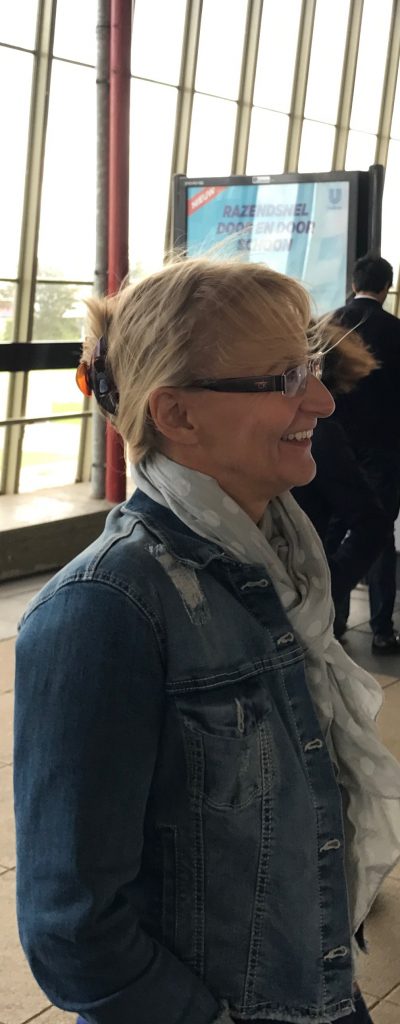 5 Bottoms, 6 Tops, 2 Dresses &
5 Bottoms, 6 Tops, 2 Dresses &



